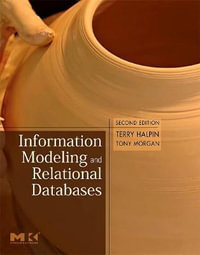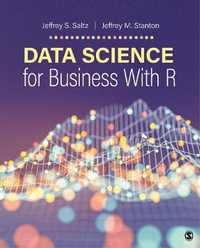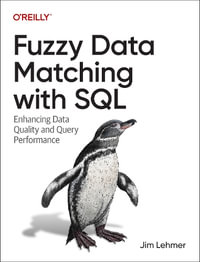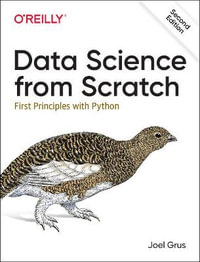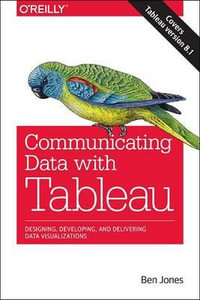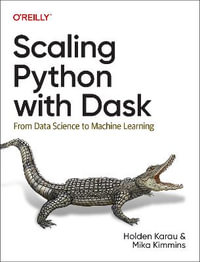
The Algorithmic Beauty of Seaweeds, Sponges and Corals
By: Jaap A. Kaandorp, Janet E. Kübler
Paperback | 19 October 2010
At a Glance
Paperback
$274.89
Aims to ship in 7 to 10 business days
ISBN: 9783642087202
ISBN-10: 3642087205
Series: The Virtual Laboratory
Published: 19th October 2010
Format: Paperback
Language: English
Number of Pages: 212
Audience: Professional and Scholarly
Publisher: Springer Nature B.V.
Country of Publication: DE
Dimensions (cm): 27.94 x 20.96 x 1.14
Weight (kg): 0.49
Shipping
| Standard Shipping | Express Shipping | |
|---|---|---|
| Metro postcodes: | $9.99 | $14.95 |
| Regional postcodes: | $9.99 | $14.95 |
| Rural postcodes: | $9.99 | $14.95 |
How to return your order
At Booktopia, we offer hassle-free returns in accordance with our returns policy. If you wish to return an item, please get in touch with Booktopia Customer Care.
Additional postage charges may be applicable.
Defective items
If there is a problem with any of the items received for your order then the Booktopia Customer Care team is ready to assist you.
For more info please visit our Help Centre.
You Can Find This Book In
This product is categorised by
- Non-FictionScienceBiology, Life SciencesHydrobiologyMarine Biology
- Non-FictionNature & The Natural WorldWildlife in GeneralWildlife & Aquatic Creatures
- Non-FictionScienceBiology, Life SciencesBotany & Plant Sciences
- Non-FictionComputing & I.T.Graphical & Digital Media Applications3D Graphics & Modelling
- Non-FictionEarth Sciences, Geography, Environment, PlanningEarth SciencesGeology & The Lithosphere
- Non-FictionComputing & I.T.Computer Science
- Non-FictionScienceBiology, Life SciencesLife Sciences in General
- Non-FictionComputing & I.T.Computer Programming & Software DevelopmentAlgorithms & Data Structures
- Non-FictionEngineering & TechnologyEnvironmental ScienceEnvironmental Monitoring
- Non-FictionMathematicsCombinatorics & Graph Theory
- Non-FictionComputing & I.T.Computer Programming & Software DevelopmentSoftware Engineering
